-
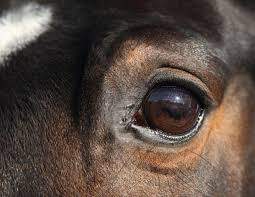
Horses blink less, twitch eyelids more when stressed
How can you tell when a horse is feeling stressed? It’s all in the eyes and the way their eyelids twitch, University of Guelph researchers have discovered. A horse will blink less and twitch its eyelids more when it’s under mild stress, the research team found — a new finding th...Read more -
Genetic link between cattle temperament and autism in humans
A strong association between the genes influencing cattle temperament and autism in humans has been discovered by University of Queensland researchers. UQ genomic expert Professor Ben Hayes said the research by his interdisciplinary team headed by Dr Roy Costilla could lead to improved animal wel...Read more -
Antimicrobial usage in pig production: Effects on Escherichia colivirulence profiles and antimicrobial resistance
Abstract Antimicrobials (AM) are used for growth promotion and therapy in pig production. Its misuse has led to the development of resistant organisms. We evaluated Escherichia colivirulence genes, and compared phenotypic–genotypic antimicrobial resistance (AMR) patterns of faecal E. colifrom pig...Read more -
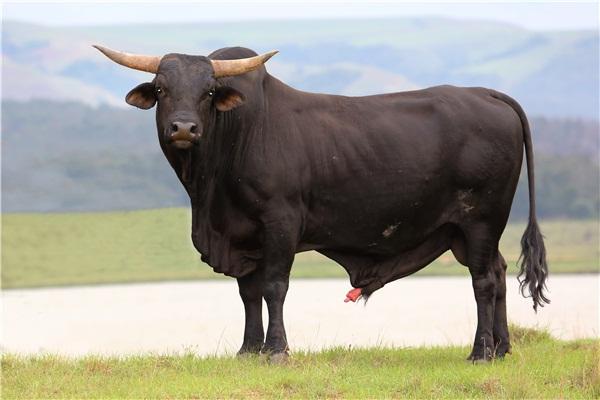
Crossbreeding of Holstein cows improves fertility without detriment to milk production
Since 1960, Holstein dairy cows have exhibited a substantial decline in fertility, with serious economic consequences for farmers. Genetic selection programs in the United States and elsewhere have emphasized milk production at the expense of other traits. Attention has turned to improving these ...Read more -
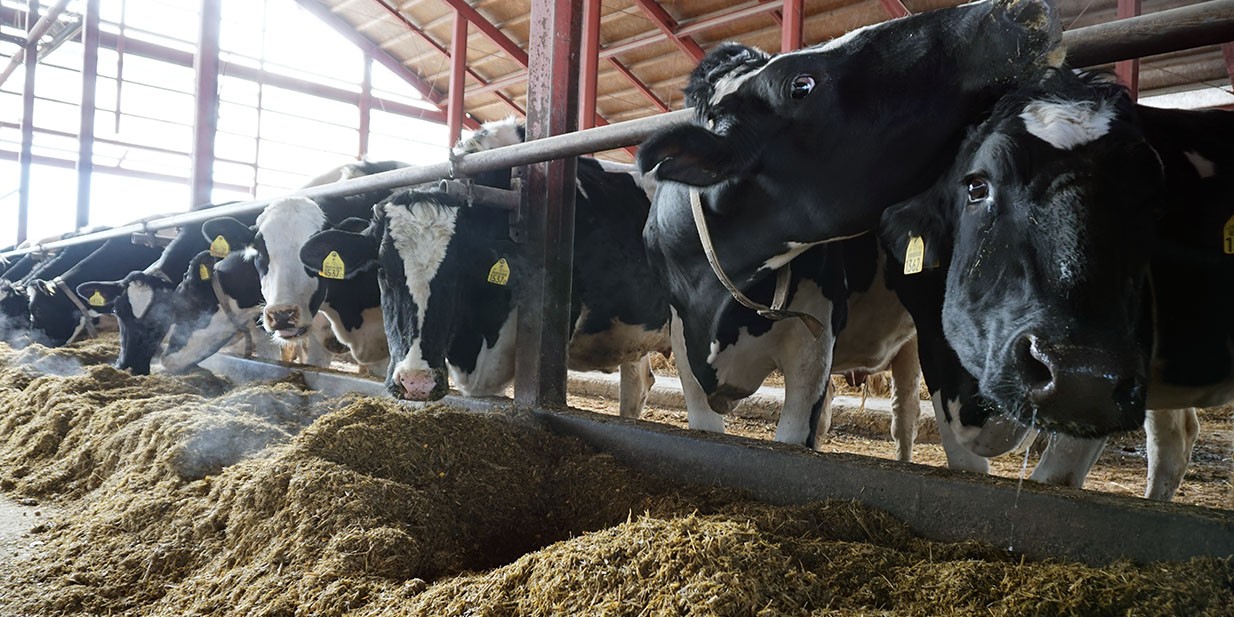
Calcium added to acidified prepartum diets for dairy cows benefits future reproduction
Achieving an appropriate calcium balance in dairy cows is critical near calving, but not only to ensure a healthy transition to lactation. According to a new study from the University of Illinois, calcium added to acidified prepartum diets can improve a whole suite of postpartum outcomes, includi...Read more -
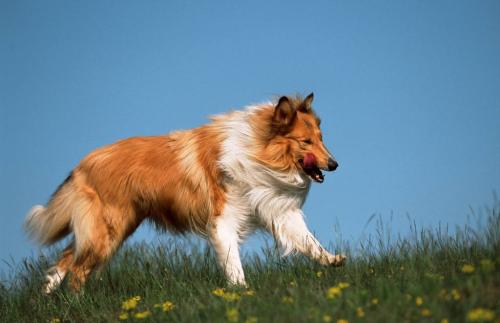
An active lifestyle reduces fearfulness in dogs – differences between breeds are great
Noise sensitivity, fear of novel situations and, for example, fear of slippery surfaces and heights are common behavioural problems among dogs. According to a behavioural survey of nearly 14,000 dogs conducted at the University of Helsinki, these non-social fears are associated with factors relat...Read more -

Zimbabwe will allow white farmers to apply to get back seized land
Zimbabwe’s government has said that foreign white farmers whose land was seized under Robert Mugabe can apply to have it returned and will be offered land elsewhere if restitution is not possible. Reuters reports that Zimbabwe agreed to pay $3.5 billion in compensation to local white farmers whos...Read more -
Understanding the socioeconomic impact of Foot-and-mouth Disease control in Kenya
Foot-and-mouth disease (FMD) is a viral disease of cloven-hooved animals that causes lesions in the mouth and on the feet, alongside generalised illness. It affects cows, sheep, goats and pigs, and although they recover after a couple of weeks, it causes reductions in milk yield and weight gain. ...Read more -
Ugandan President Gets UK Pledge on Beef, $19.6m Funding
UGANDA – President Yoweri Museveni got an assurance on Uganda’s beef exports to Britain and a commitment of £15 million ($19.6 million) funding at the UK-Africa Investment Summit. The funding pledge is part of a £320 million ($419 million) UK Aid package for the 21 countries invited t...Read more -
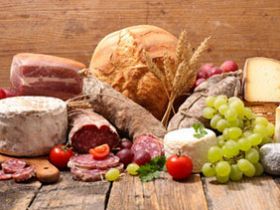
Kenya’s Demand for Cattle, Poultry Products to Rise
KENYA – Demand for beef, dairy and poultry products will rise by 90 percent in 30 years as the population increases, a report has shown. The report on the future of livestock in Kenya released in Nairobi yesterday shows Kenyans are increasingly consuming livestock products. It was compiled ...Read more -
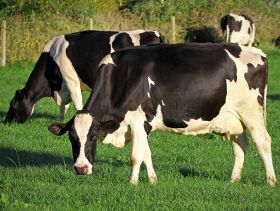
Does breed type influence methane emissions from cattle
An Aberystwyth University study investigating the role of traditional and modern breeds of beef cattle in influencing methane emissions has been published in the journal PLOSONE. The paper Traditional vs Modern: Role of Breed Type in Determining Enteric Methane Emissions from Cattle Grazing as Pa...Read more -
Dairy farmers struggle to find market for their milk
UGANDA – Majority of the cattle keepers in Ankole and some parts of central Uganda have over the last three decades been investing heavily in dairy farming. This involves clearing land of thicket and removing plant species that cows do not feed on in order to allow the right pastures flouri...Read more -

Vets in Ethiopia remove 50 kg of plastic from cow’s stomach
A team of six vets in southern Ethiopia has successfully removed 50kg of plastic from a cow following three hours of surgery. “The cow is alive and in good health,” Dr Firaol Waaqoo told BBC Afaan Oromoo’s Bizuworq Olaanaa. “Cows can ingest plastics because of lack of past...Read more -

Farming gave us salmonella, ancient DNA suggests
Pity the pig. We have blamed it for giving us swine flu, a porcine coronavirus in 2012, and—in some ancient hovel—salmonella, which causes gut distress as well as typhoid fever. Now, though, it seems humans got salmonella first, thousands of years ago, and might have passed it to pigs. A new stud...Read more -

Deadly livestock disease may have spread through infected bull semen
An epidemic of bluetongue disease that has ravaged European sheep and cattle since 2015 may have been caused by infected semen used in cattle breeding, New Scientist reports. Researchers wrote in PLOS Biology yesterday that the genome of the virus is remarkably similar to samples from a previous ...Read more -
Coronavirus rips through Dutch mink farms, triggering culls
In a sad sideshow to the COVID-19 pandemic, authorities in the Netherlands began to gas tens of thousands of mink on 6 June, most of them pups born only weeks ago. SARS-CoV-2 has attacked farms that raise the animals for fur, and the Dutch government worries infected mink could become a viral res...Read more -

Biologists invent a new way to fight viruses with llama blood and molecular superglue
For more than 20 years, researchers have tried with limited success to engineer antibodies into new treatments for bacterial and viral infections. Now, a team of scientists has come up with a new approach: fastening together tiny antibodies from llama blood with a type of bacterial superglue. The...Read more -

Vaccine for African swine fever may save our bacon
Wild boar can be immunized against African Swine Fever by a new vaccine delivered to the animals in their food, says new research. Published in Frontiers in Veterinary Science, it is the first report of a promising inoculation against this deadly disease, which is a worldwide threat to the swine ...Read more -

Genetically modified pigs resist infection with the classical swine fever virus
Researchers have developed genetically modified pigs that are protected from classical swine fever virus (CSFV), according to a study published December 13 in the open-access journal PLOS Pathogens by Hongsheng Ouyang of Jilin University, and colleagues. As noted by the authors, these pigs offer ...Read more -

Gene study shows how sheep first separated from goats
Scientists have cracked the genetic code of sheep to reveal how they became a distinct species from goats around four million years ago. The study is the first to pinpoint the genetic differences that make sheep different from other animals. The findings could aid the development of DNA testing t...Read more -
Challenges for controlling bovine tuberculosis in South Africa
Abstract All effects taken together, bovine tuberculosis (bTB) has a long-term detrimental effect on bovine herds and many wildlife species in South Africa. The disease is not only found in domestic cattle but also in African buffaloes and has to date been diagnosed in 21 wildlife species, includ...Read more -

Scientists work to develop heat-resistant ‘cow of the future’
University of Florida scientists are working to breed the “cow of the future” by studying the more heat-tolerant Brangus cow — a cross between an Angus and a Brahman. Raluca Mateescu, an associate professor in the UF/IFAS department of animal sciences, is part of a team of UF/IF...Read more -

Population of rare Stone’s sheep 20% smaller than previously thought
The already-rare Stone’s sheep of the Yukon is 20 per cent less common than previously thought, according to new research by University of Alberta biologists. The study examined 123 different DNA markers in approximately 2,800 thinhorn sheep in British Columbia and the Yukon, with the goal ...Read more -

Children allergic to cow’s milk smaller and lighter
Children who are allergic to cow’s milk are smaller and weigh less than peers who have allergies to peanuts or tree nuts, and these findings persist into early adolescence. The results from the longitudinal study — believed to be the first to characterize growth patterns from early ch...Read more

